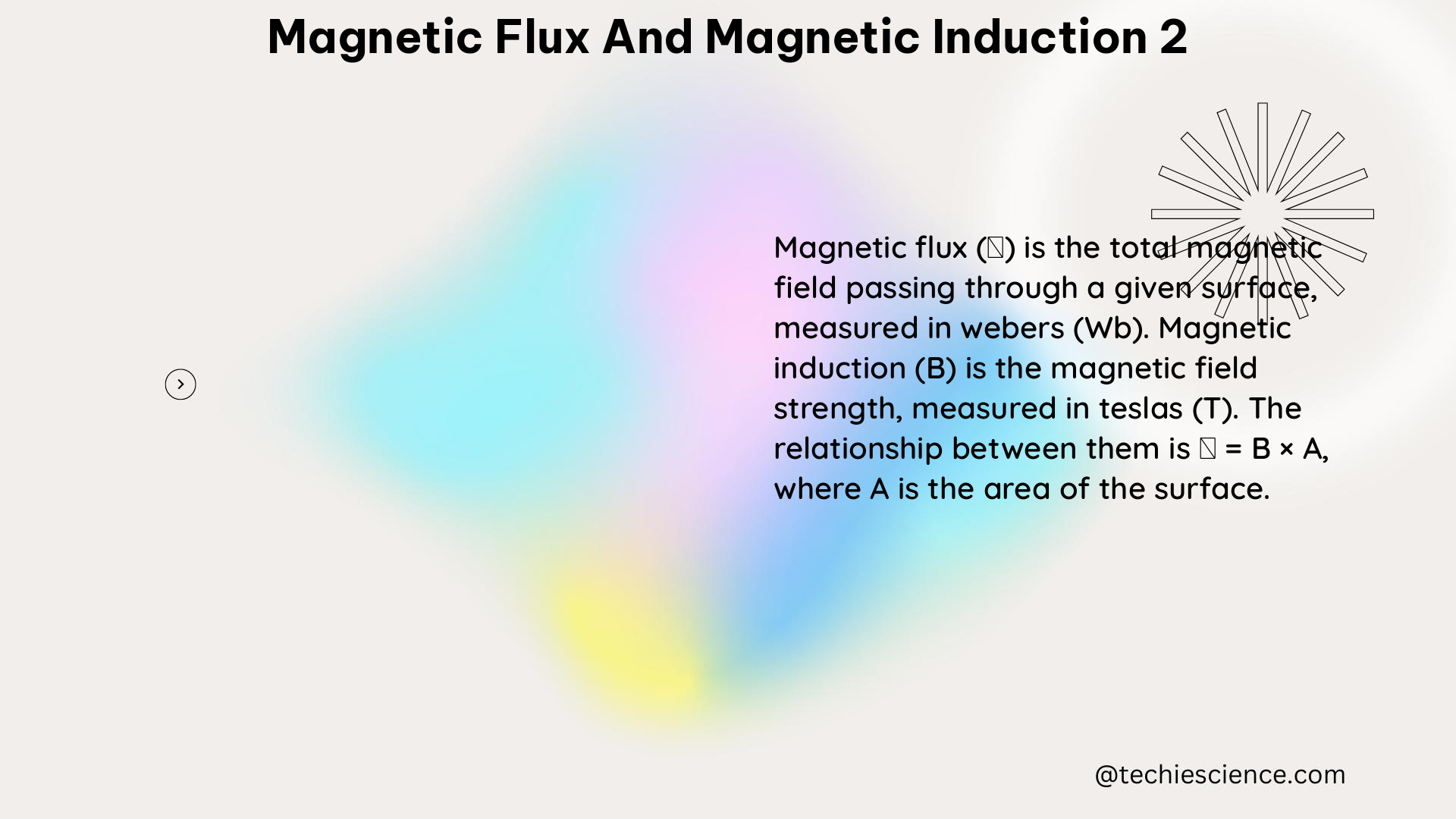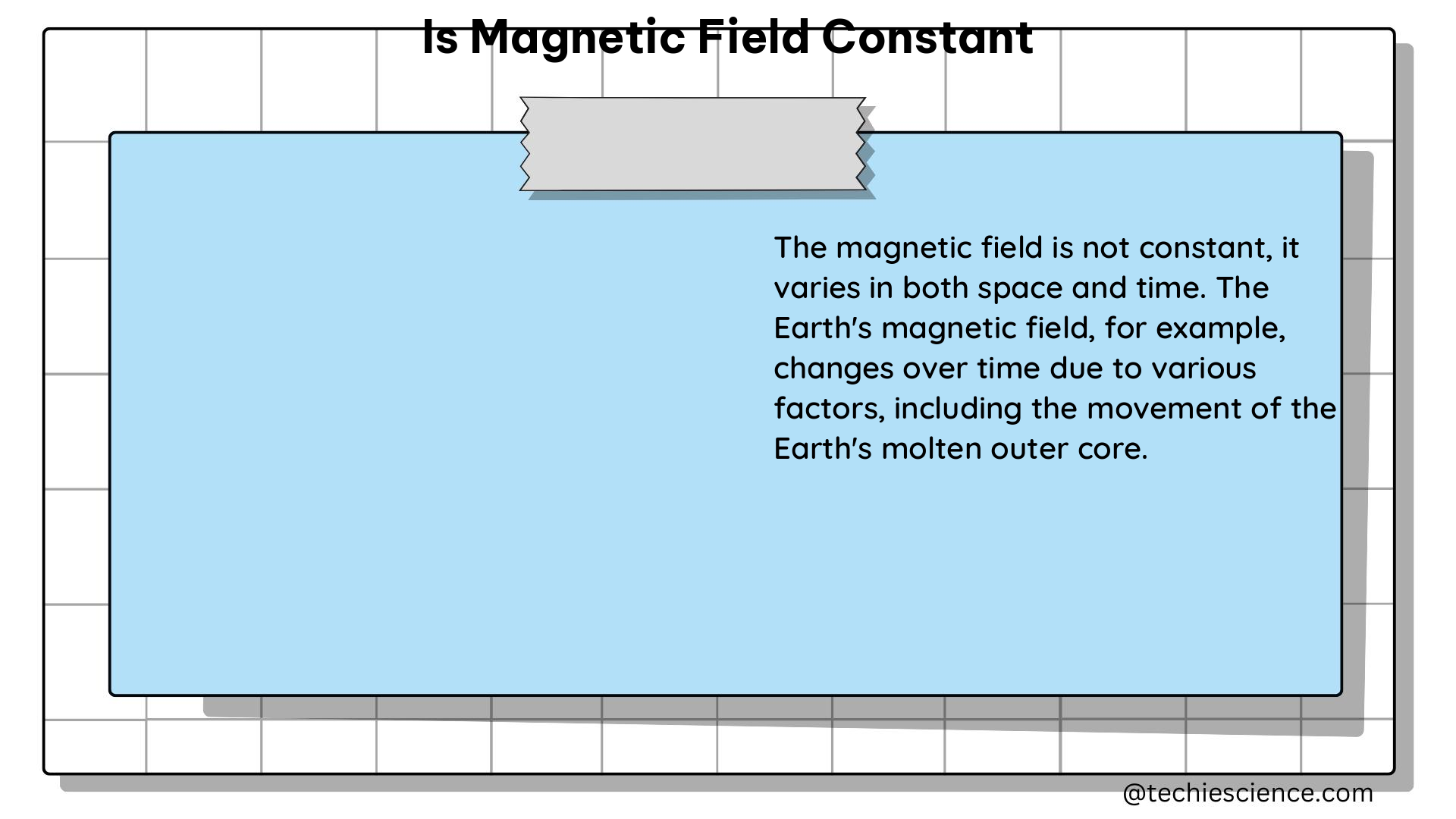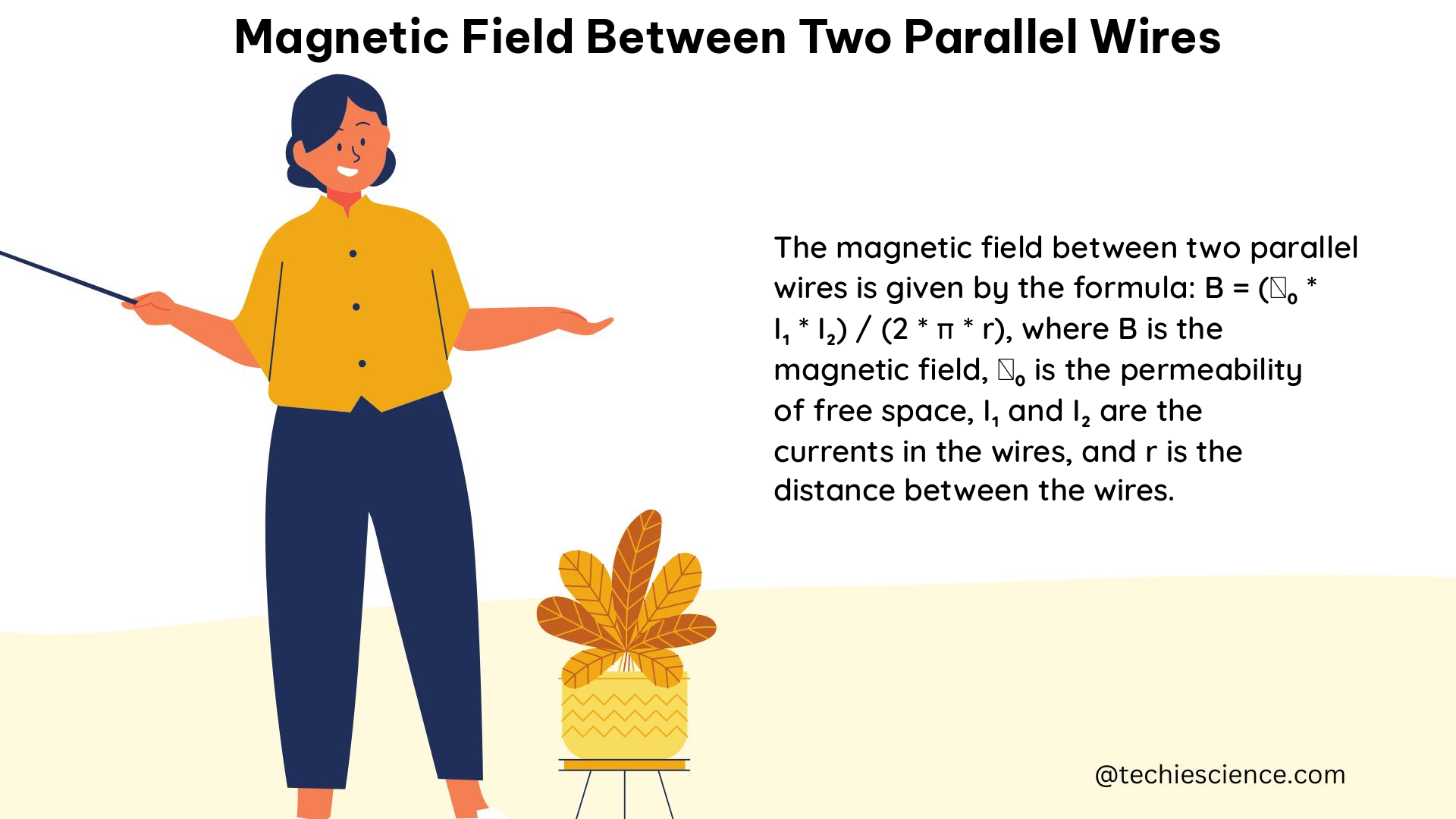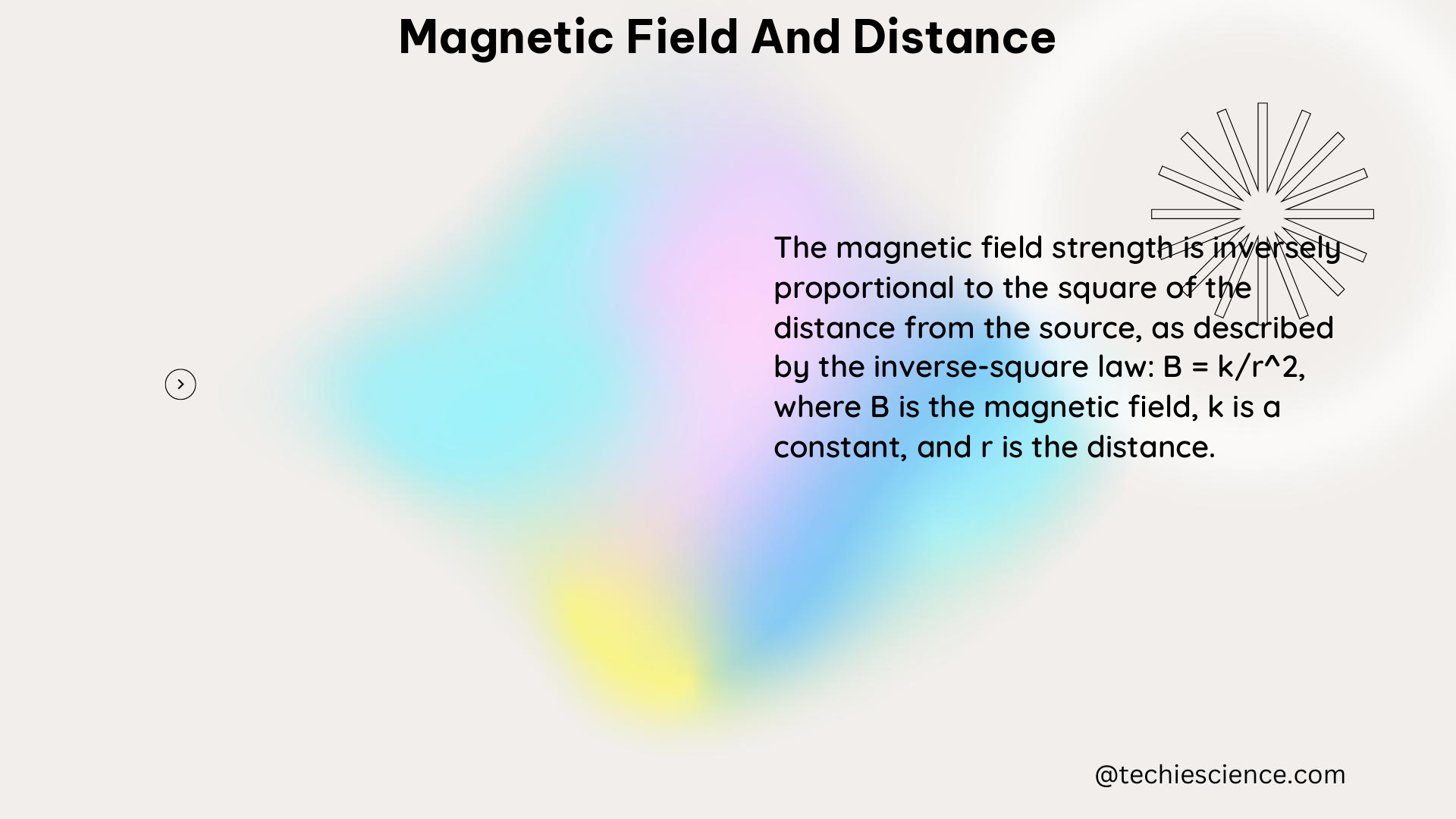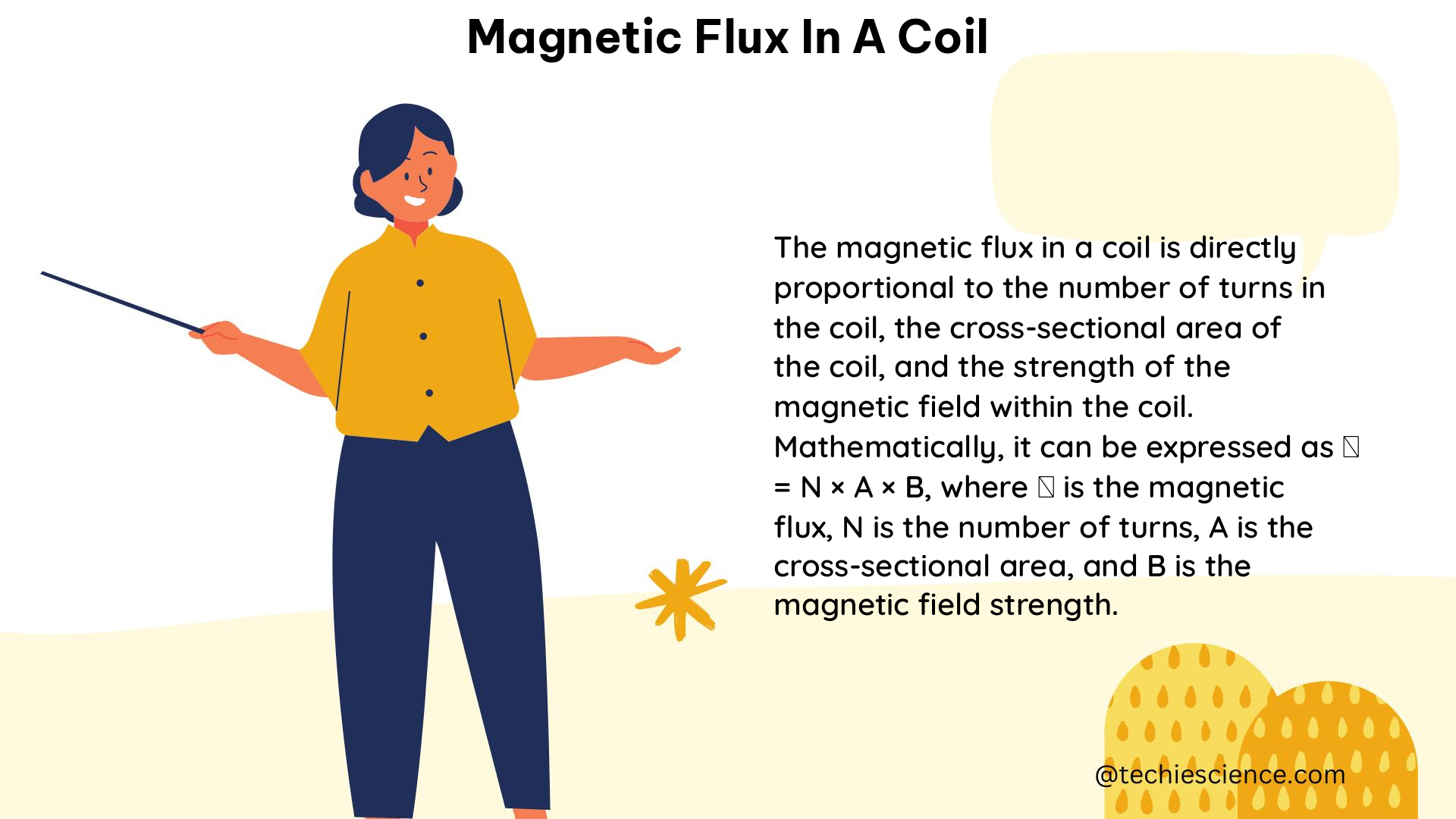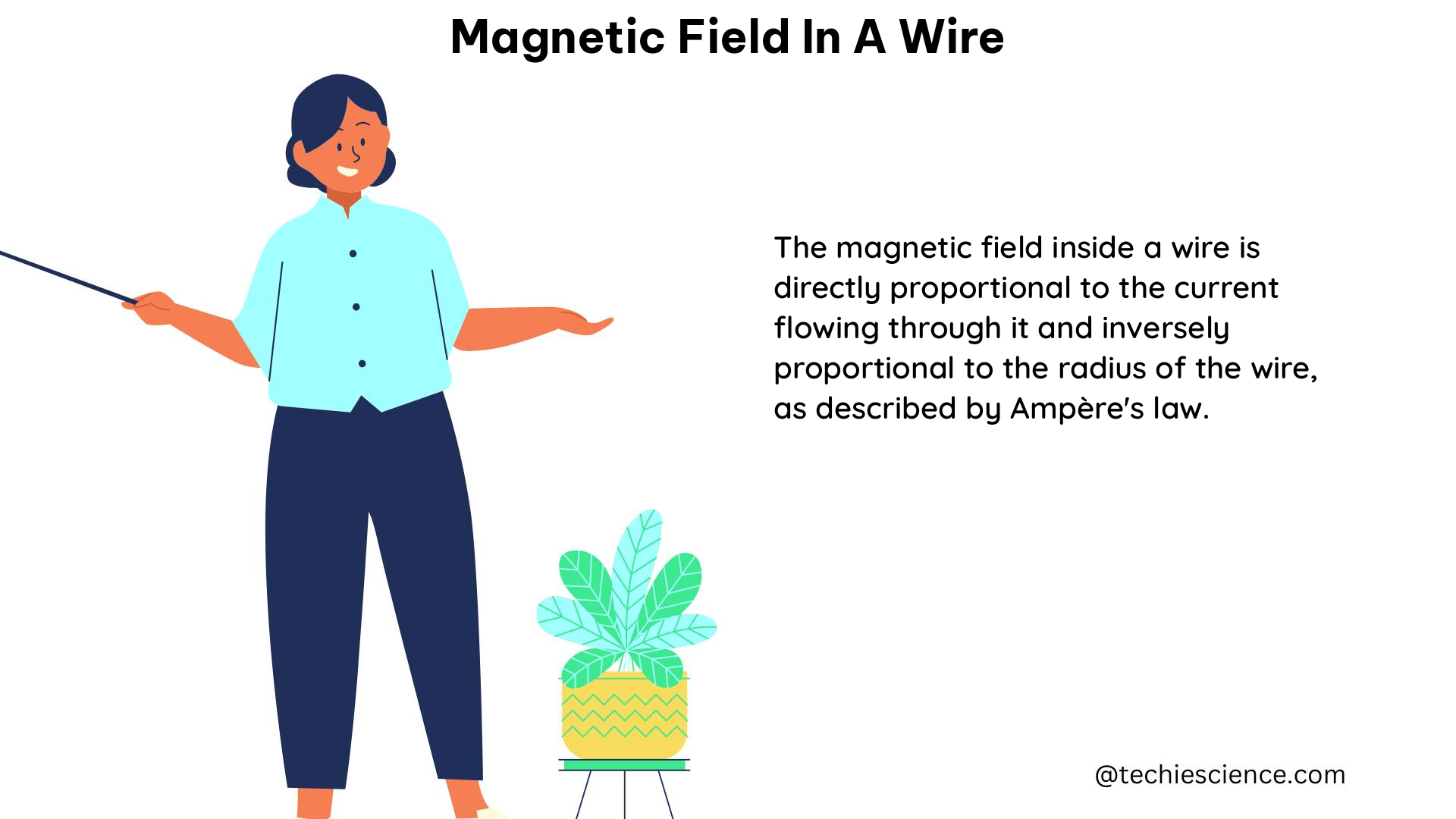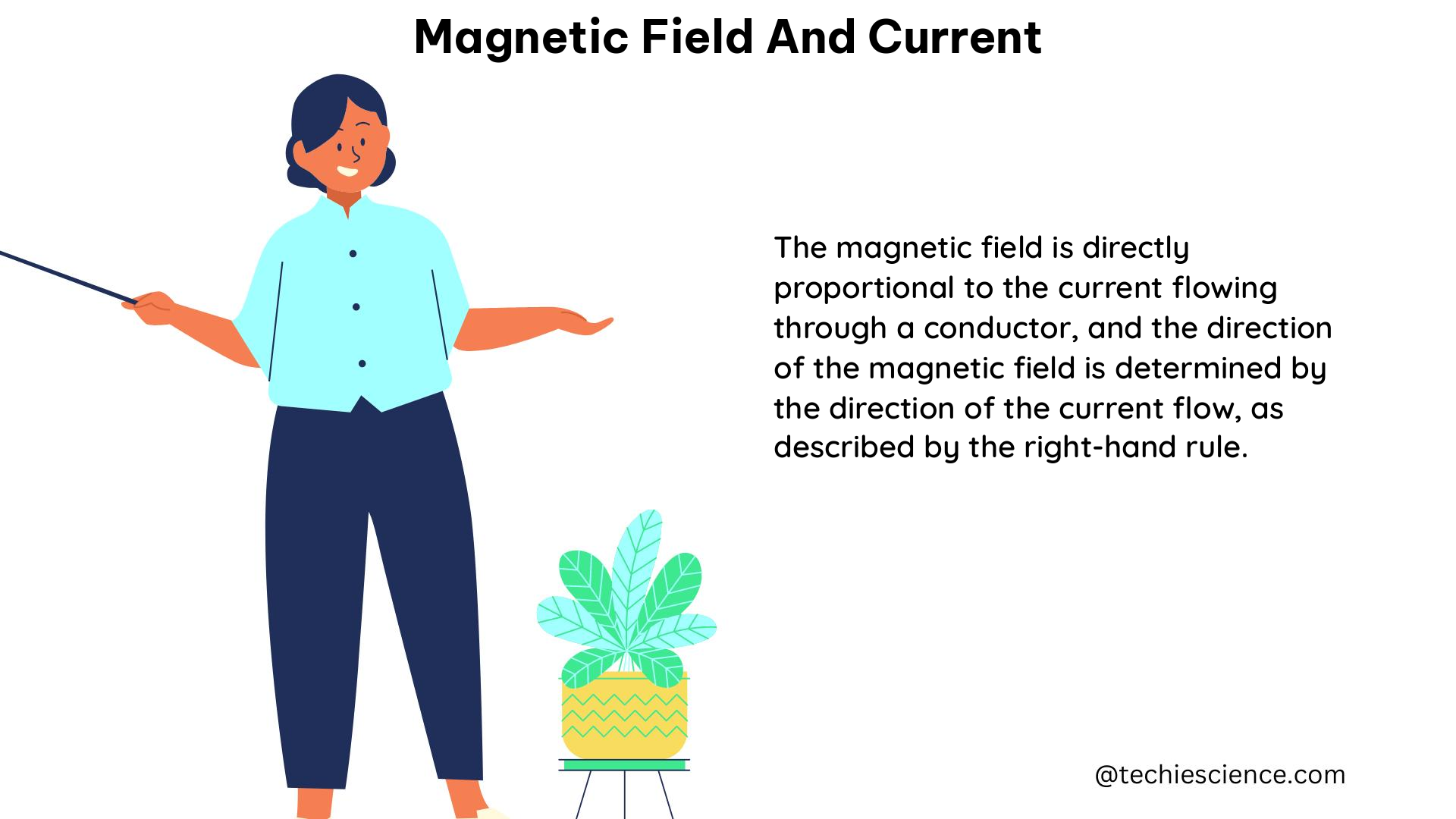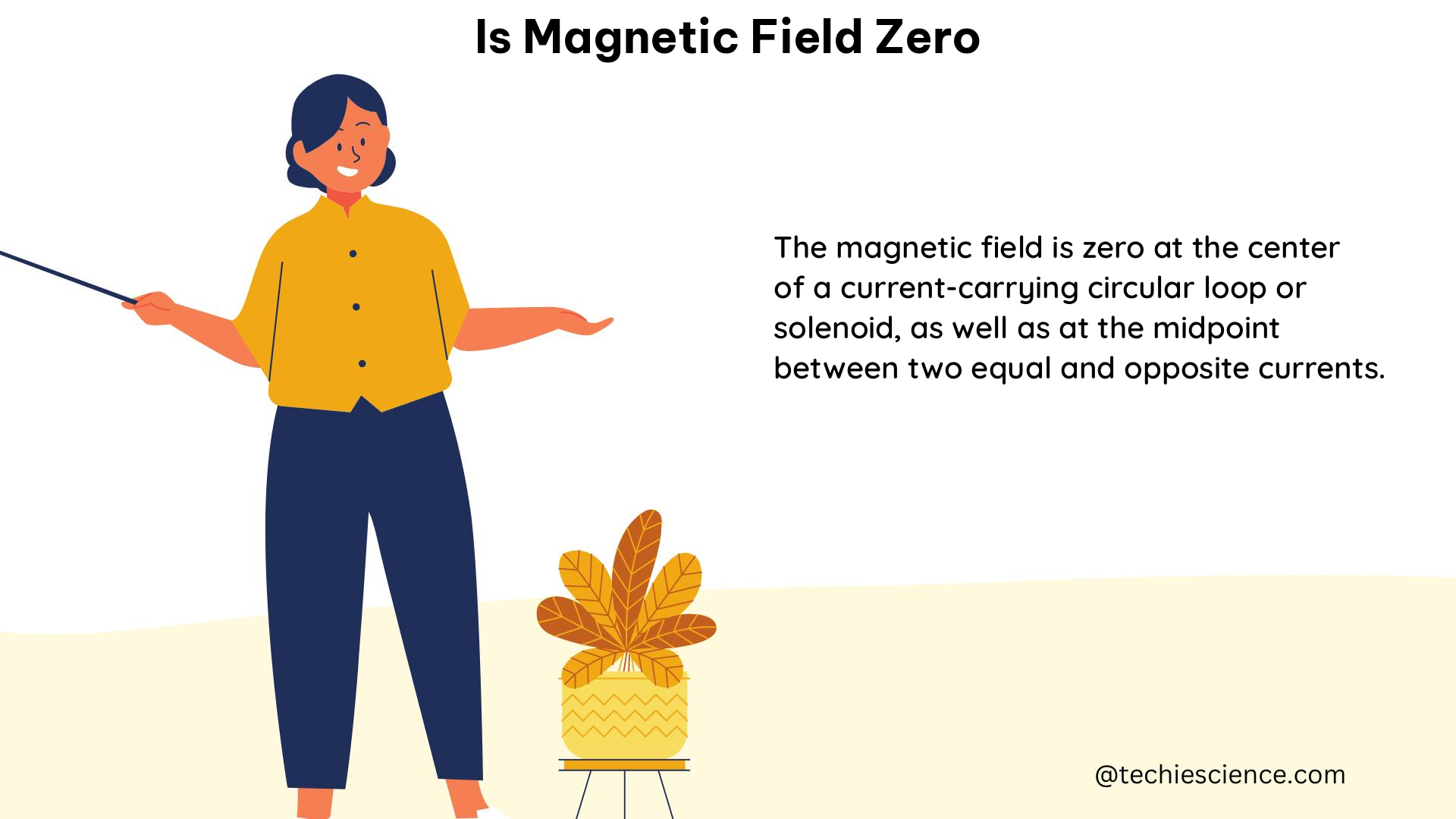The strength of a magnetic field is a crucial parameter in various scientific and technological applications, ranging from geophysical exploration to medical imaging. The measurement and analysis of magnetic fields are often intertwined with the concept of time, as the temporal variations of these fields can provide valuable insights into the underlying physical processes. In this comprehensive blog post, we will delve into the intricate relationship between magnetic field and time, exploring the technical details, practical applications, and the latest advancements in this fascinating field of study.
Understanding Magnetic Field Strength
Magnetic field strength is typically measured in units of tesla (T) in the SI system or gauss (G) in the CGS system, where 1 T is equivalent to 10,000 G. The Earth’s magnetic field, for instance, can vary from 20,000 to 80,000 nanotesla (nT), depending on the location. This variation is due to the complex interplay of various factors, including the Earth’s core dynamics, solar activity, and local geological features.
To measure magnetic fields, scientists and engineers employ a range of specialized instruments called magnetometers. These devices come in different types, such as gaussmeters and teslameters, each designed to measure magnetic fields in their respective units. The choice of magnetometer depends on the specific application and the required level of precision.
Magnetic Field Measurement Techniques
-
Aeromagnetic Surveys: These surveys are conducted from aircraft, providing a comprehensive mapping of the Earth’s magnetic field over large areas. Aeromagnetic data is used to search for mineral deposits, map geological structures, and even locate lost objects.
-
Borehole Surveys: Magnetometers are lowered into boreholes to measure the magnetic field within the subsurface, which can reveal information about the geological composition and structure of the Earth’s crust.
-
Ground Surveys: Ground-based magnetic surveys involve the use of portable magnetometers to measure the magnetic field at specific locations on the Earth’s surface. These surveys are often used in archaeological investigations and mineral exploration.
-
Marine Surveys: Magnetometers mounted on ships or towed behind them are used to map the magnetic field of the seafloor, which can provide insights into the Earth’s geological history and the presence of mineral resources.
-
Magnetovision Imaging: This technique involves the generation of images based on the spatial distribution of magnetic field parameters, allowing for detailed analysis and data fusion with other geophysical data.
-
Magnetic Gradiometers: These instruments consist of pairs of magnetometers with their sensors separated by a fixed distance. They measure the difference between the sensed magnetic fields, enabling the detection of magnetic anomalies and their gradients, which can be useful in archaeological and site investigation work.
Temporal Aspects of Magnetic Fields
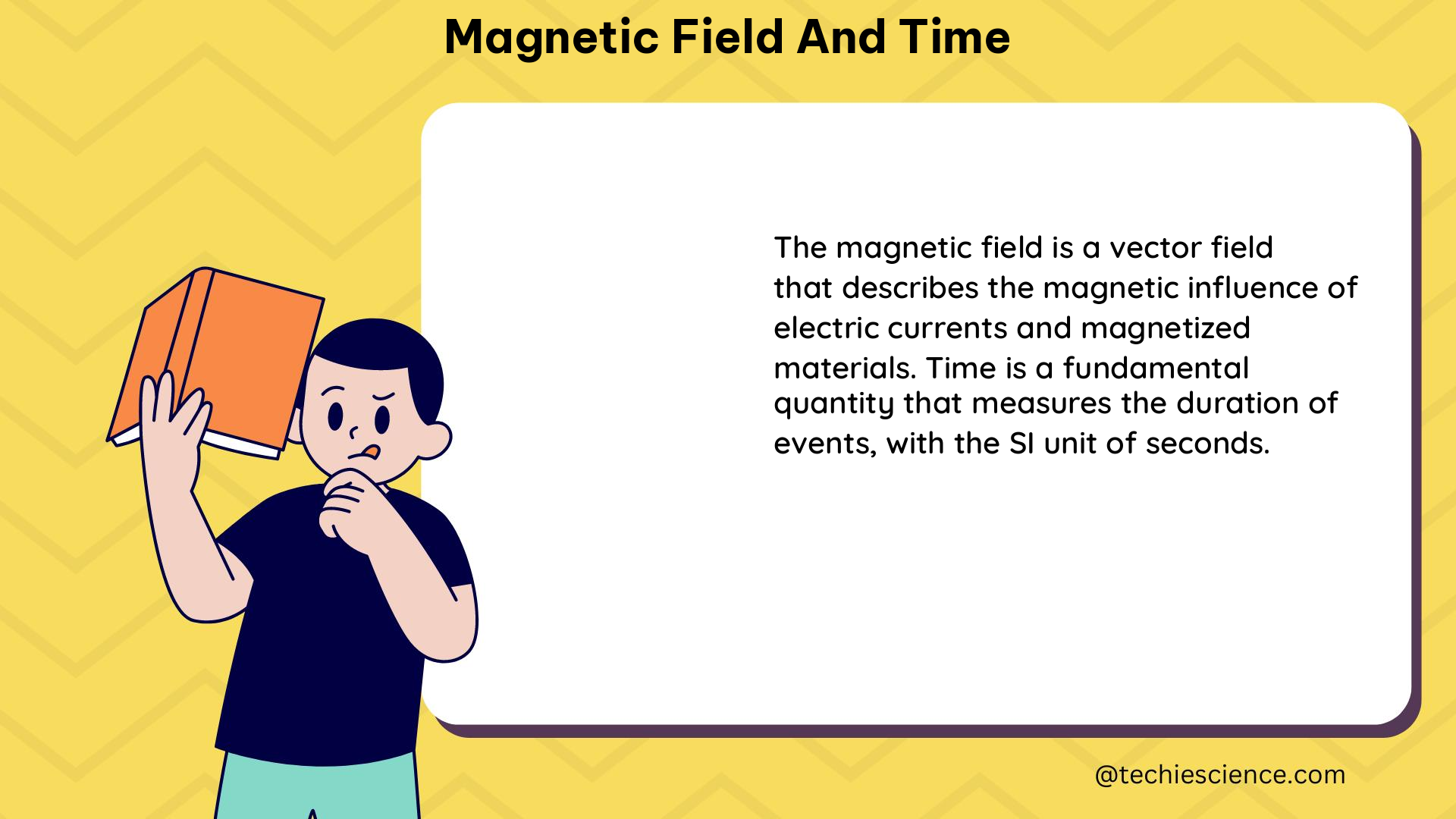
The performance and capabilities of magnetometers are often described through technical specifications, including the sample rate (number of readings per second) and cycle time (seconds per reading). These parameters are particularly important in mobile surveys, where accurate measurements are crucial for mapping the spatial and temporal variations of magnetic fields.
Magnetic Field Variations over Time
-
Diurnal Variations: The Earth’s magnetic field exhibits daily (diurnal) variations due to the interaction between the Earth’s magnetic field and the ionosphere, which is influenced by solar activity.
-
Secular Variations: The Earth’s magnetic field also undergoes gradual changes over longer timescales, known as secular variations. These changes are caused by the complex dynamics within the Earth’s core and can be used to study the planet’s geological history.
-
Magnetic Storms: Sudden and intense disturbances in the Earth’s magnetic field, known as magnetic storms, are often triggered by solar activity, such as coronal mass ejections. These events can have significant impacts on various technological systems, including communication networks and power grids.
-
Magnetic Pulsations: Rapid fluctuations in the Earth’s magnetic field, known as magnetic pulsations, can occur due to various factors, such as solar wind interactions and magnetospheric processes. These pulsations can provide insights into the dynamics of the Earth’s magnetosphere.
Temporal Sampling and Resolution
The temporal sampling and resolution of magnetic field measurements are crucial for capturing the dynamic nature of these fields. High sample rates and short cycle times are essential for accurately mapping the spatial and temporal variations of magnetic fields, particularly in mobile surveys or when studying rapid magnetic field changes.
For example, in aeromagnetic surveys, the sample rate can range from 10 to 20 readings per second, ensuring that the aircraft’s motion is adequately captured. In contrast, ground-based surveys may have lower sample rates, but the cycle time is still an important factor in ensuring the temporal resolution of the measurements.
Practical Applications and Advancements
The measurement and analysis of magnetic fields over time have numerous practical applications, ranging from geophysical exploration to medical imaging and beyond.
Geophysical Exploration
Magnetic surveys, both in the air and on the ground, are widely used in the search for mineral deposits, such as iron ore, copper, and gold. The temporal variations of magnetic fields can also provide insights into the Earth’s geological history and the presence of hidden structures or anomalies.
Archaeology and Site Investigation
Magnetic gradiometers, which measure the spatial gradients of magnetic fields, have become invaluable tools in archaeological investigations. These instruments can detect subtle magnetic anomalies, which may indicate the presence of buried structures, artifacts, or other features of archaeological significance.
Medical Imaging
Magnetometers play a crucial role in medical imaging techniques, such as magnetoencephalography (MEG) and magnetocardiography (MCG). These methods use the magnetic fields generated by the brain and heart, respectively, to provide non-invasive insights into their function and structure.
Space Weather Monitoring
The monitoring of the Earth’s magnetic field, including its temporal variations, is essential for understanding and predicting space weather events, such as solar storms and their potential impacts on technological systems.
Advancements in Magnetometer Technology
Ongoing research and development in magnetometer technology have led to the creation of more sensitive, accurate, and compact devices. For example, the emergence of quantum magnetometers has significantly improved the precision and stability of magnetic field measurements, opening up new possibilities in various applications.
Conclusion
The interplay between magnetic field and time is a fascinating and multifaceted topic that encompasses a wide range of scientific and technological disciplines. From geophysical exploration to medical imaging, the measurement and analysis of magnetic fields over time have become essential tools for understanding the complex dynamics of our planet and the universe beyond. As research and technological advancements continue to push the boundaries of what is possible, the future of magnetic field and time studies holds the promise of even greater insights and applications.
References:
- Blakely, R. J. (1995). Potential Theory in Gravity and Magnetic Applications. Cambridge University Press.
- Hinze, W. J., Von Frese, R. R., & Saad, A. H. (2013). Gravity and Magnetic Exploration: Principles, Practices, and Applications. Cambridge University Press.
- Merrill, R. T., McElhinny, M. W., & McFadden, P. L. (1996). The Magnetic Field of the Earth: Paleomagnetism, the Core, and the Deep Mantle. Academic Press.
- Paperno, E., Lehtinen, J., & Iivanainen, J. (2015). Magnetocardiography. Wiley Encyclopedia of Electrical and Electronics Engineering.
- Vrba, J., & Robinson, S. E. (2001). Signal Processing in Magnetoencephalography. Methods, 25(2), 249-271.
